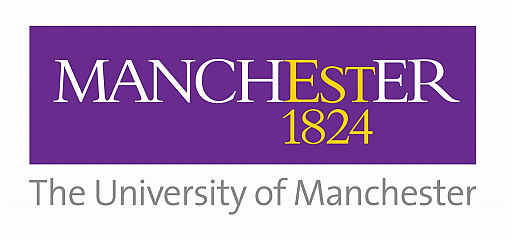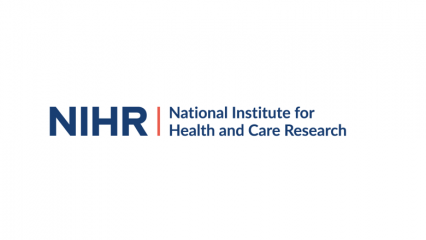Rumbi’s story
Rumbi is now 11-years old. When she was just three years old, mum Chio, dad Paul and brother Tadiwa, were devastated to learn that Rumbi had Wilms’ tumour, a rare form of kidney cancer.
It was during a busy summer. We had been visiting family down South and then Rumbi and her brother Tadiwa went to visit friends in Liverpool. Rumbi had a fall whilst playing and afterwards she was complaining of stomach ache and vomiting. So we just put it down to a vomiting bug.
Within 24 hours she was getting worse and we took Rumbi to the local A&E. There she had an abdominal x-ray, which showed that her bowel had become obstructed and that she had a tumour. She was then transferred to the children’s hospital.
The first night in hospital is all a blur now! I remember that she needed a transfusion as the blood test had shown that she was anaemic. She had an ultrasound the following day and this confirmed that her left kidney was enlarged. Within a few days Rumbi had a CT scan and went to theatre to have a biopsy and a hickman line inserted. The biopsy results confirmed Wilms’ tumour.
Although Wilms’ tumour is the most common type of kidney cancer in children, we were told that it is extremely rare, affecting just 1 in 10,000 young people under 15 years. Rumbi’s cancer was confirmed as stage III, meaning that immediate treatment was required to stop the cancer from spreading.
The consultant at Royal Manchester Children’s Hospital (RMCH) explained the standard course of treatment for children, with Wilms’ tumour at this stage was a combination of three different drugs to shrink the tumour to a size where it would be operable. However, there was an alternative option available to us and that involved taking part in a research study to trial a new approach.
We faced a tough decision. The standard treatment with vincristine, actinomycin D and doxorubicin had a good track record in terms of shrinking the tumour, but experience had shown that the treatment sometimes had a negative effect later in life, causing irreversible damage to the heart and fertility problems.
One element of the treatment trio – doxorubicin – was thought to be responsible for the complications, but doctors needed evidence to show that the other two agents in combination were enough to shrink the tumour.
After weighing up the pros and cons and a lot of soul-searching, we decided that taking part in the research study was the right decision for our family. It was a very difficult decision to make especially when were trying to come to terms with the bombshell we had just received! Time was of the essence but the consultant was there to answer our questions and gave us the time we needed to properly think things through.
The study aimed to compare the effectiveness and safety of taking two of the drugs vs. three. It was a randomised study, so we knew we wouldn’t have control over which treatment Rumbi received. But, at least it gave us a chance to avoid complications later in life.
We grasped some reassurance from the knowledge that those children who were already on the study, receiving the experimental treatment (two drugs) were doing well. And, the doctor said that Rumbi could come off the study and be switched to the standard treatment of three drugs, if necessary.
Rumbi was randomly assigned to the two-drug arm of the study, which excluded the doxorubin. Taking part in the study involved pre-operative chemotherapy for 4 weeks to shrink the tumour. We used to attend the hospital every Monday where she would have a blood test, see the consultant then have the chemotherapy.
After 4 weeks the tumour had reduced to a size where doctors were able to operate. Rumbi’s operation went well. She needed more chemotherapy for a further seven months and six radiotherapy sessions afterwards to ensure that all cancerous cells had been destroyed.
Rumbi is now a happy, healthy girl looking forward to starting secondary school. Rumbi and others who took part in the study have also contributed to changing clinical practice for children at RMCH and beyond.
The study, which was published in The Lancet at the end of 2015, showed that removing doxorubicin from the treatment combination resulted in high five-year survival in patients with stage II and III intermediate-risk tumours, and reduces the risk of side effects.
Rumbi said:
When I’m not at school, I love dancing, reading and playing hockey. I have a scar (which my mum calls tram-line!) where the doctors removed the tumour and occasionally have back pain, but other than that I’m fine. I’m looking forward to starting secondary school and working towards one day becoming a paediatrician myself.




